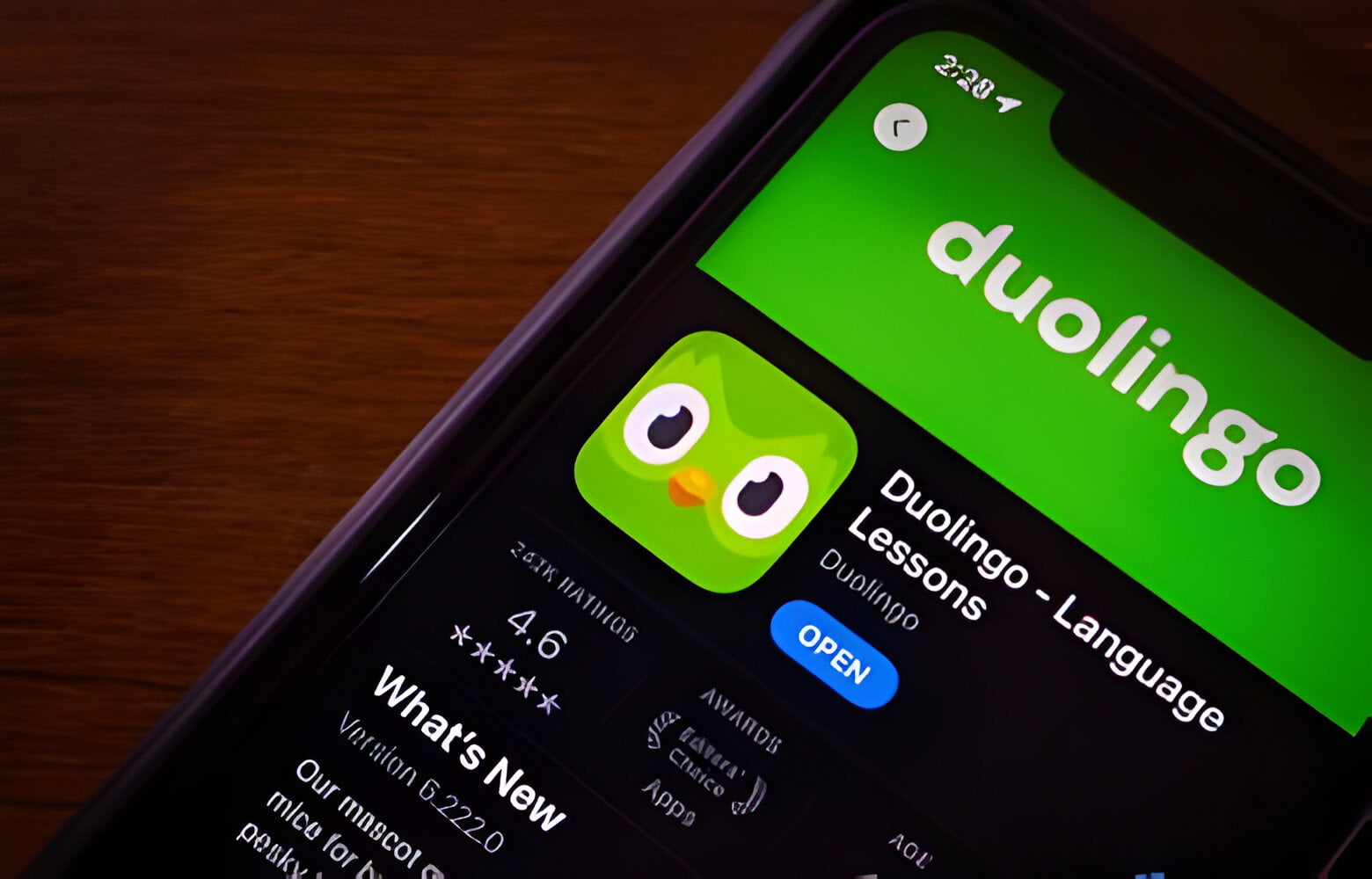
Aiming for Fluency: What Duolingo Doesn’t Teach You
Imagine unlocking a new language at the tap of a finger. This is the alluring promise of Duolingo, a leading app in the digital language learning space, celebrated for its fun, user-friendly interface, and its wide range of languages. Whether you’re a curious beginner or a keen language enthusiast, Duolingo offers a convenient starting point. However, as with any tool, it’s important to understand not just its strengths but also its limitations.
Duolingo’s appeal largely lies in its accessibility. Available for free, it opens up language learning to a broad audience. The app is a great place to start for beginners, offering lessons in a wide variety of languages, from Spanish to Swahili. Its user-friendly design breaks down language learning into bite-sized, manageable chunks, making it less intimidating for new learners.
For those just starting out or looking to brush up on a language, Duolingo provides a solid foundation in basic vocabulary and simple sentence structures. Its repetitive practice helps in memorizing common words and phrases, which is an essential first step in language learning. Furthermore, its immediate feedback on exercises enables learners to correct their mistakes on the spot, facilitating a faster learning process.
However, while Duolingo serves as an excellent starting point, it’s not all-encompassing. While Duolingo excels in teaching basic vocabulary and phrases, its approach to grammar can be hit-or-miss. The app often introduces grammatical concepts without in-depth explanations or context. For beginners, this can lead to a fragmented understanding of how the language works. Complex grammatical rules and their exceptions, which are crucial for fluency, often require more detailed explanations and examples than what Duolingo provides. This is where traditional learning resources or a more structured course can fill the gap, offering comprehensive grammar lessons that Duolingo may skim over.
One of Duolingo’s most significant limitations is its inability to adequately prepare learners for real-world conversations. The app’s format, primarily focused on reading and writing, offers limited practice in speaking and listening skills. Moreover, language is not just about stringing sentences together; it’s about engaging in meaningful conversations, understanding different accents, and responding appropriately. Duolingo’s pre-set phrases and robotic voice responses don’t mimic the nuances of natural speech, making it difficult for learners to develop conversational fluency and confidence to speak in various social contexts.
Language learning is intrinsically tied to cultural context, something that Duolingo can’t fully convey through its digital platform. Understanding idioms, slang, humor, and cultural references is crucial for mastering a language. While Duolingo offers a glimpse into this aspect, it lacks the depth and richness that come from cultural immersion – be it through media, literature, or interacting with native speakers. The nuances of a language, shaped by its culture, often remain unexplored in Duolingo’s environment.
Duolingo’s gamified approach, with its points, levels, and rewards, is a double-edged sword. While it makes learning fun and addictive, it may also shift the focus from mastering a language to chasing game achievements. This can lead to a superficial engagement with the language, where the thrill of completing levels overshadows the goal of deep learning. For some learners, this means the app becomes more about playing a game than developing a meaningful understanding of the language.
To truly excel in a new language, combining Duolingo with other learning tools and methods is essential. Incorporating books, movies, music, and conversation practice into your learning routine can provide the comprehensive exposure Duolingo lacks. Language exchange meetups, tutor-led classes, and advanced online courses can offer the interactive and immersive experiences necessary for fluency. Duolingo can be a part of this mix, especially for building vocabulary and basic comprehension, but it should not be the sole resource.
Duolingo, with its wide reach and playful approach, has undeniably made language learning more accessible and engaging. However, its limitations in grammar depth, conversational practice, cultural immersion, and overreliance on gamification highlight the need for a more rounded approach to learning languages. By complementing Duolingo with other resources and experiences, learners can navigate beyond its boundaries and move closer to true language mastery.
You may also like


